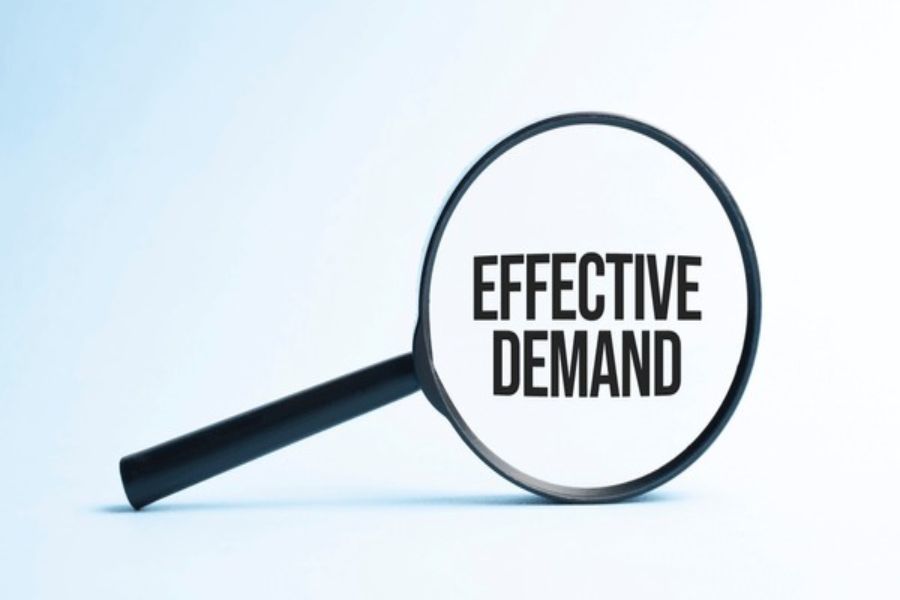When someone gets hurt, and it isn’t their fault, the next steps can feel overwhelming. There’s pain, paperwork, and questions about how to make things right. In many personal injury cases, the first formal step in that process is a demand letter. It sets the tone. It explains what happened and what the injured person needs to recover.
Getting this right matters. An effective demand letter lays out facts, shows the extent of the harm, and opens the door to resolution. If you’ve been wondering how to write a settlement letter, this guide can help clarify what goes into one—and how personal injury lawyers make sure the message lands where it should.
Why Demand Letters Matter
A demand letter tells the other party what happened and what the injured person expects to receive in response. It is often sent to an insurance company or to the person responsible for the injury. This letter is not only about money—it’s about creating a record. A good one makes it harder for the other side to deny what occurred.
Personal injury lawyers help shape these letters with care. They know that clarity counts. They also know that tone matters. Being too aggressive can cause delays. Being too vague can weaken the case. A well-written demand letter strikes the right balance between firmness and fairness.
What Should Be Included?
It is common to wonder about the contents of an effective demand letter. A strong demand letter usually includes these core components:
A brief summary of what happened
A description of the injuries and their impact on the victim
Any treatment that was required, including future care or hospitalization
Proof of expenses like medical bills or lost wages
A clear request for payment or resolution of the issues the victim is experiencing
Each section has a purpose. Together, they tell a story that is backed by facts and framed with care. Photos, medical records, and expert opinions may be included as attachments. The more credible the information, the stronger the case.
How Expert Witnesses Strengthen the Letter
Expert witnesses do more than show up in court. They often provide written statements or evaluations that help support claims in a demand letter. A doctor might explain the long-term effects of an injury. An accident specialist might offer insight into how the crash occurred.
These opinions add weight. They help the recipient of the letter take the claim more seriously from the beginning. Expert insight can influence outcomes even before a case reaches trial.
Personal injury attorneys know how to work with these experts. They collect the right records, ask the right questions, and translate those findings into plain language that speaks clearly and respectfully to the other side.
The Role of Personal Injury Lawyers
Most people don’t write demand letters every day. Personal injury lawyers do. They understand how to build a letter that gets results without creating new obstacles. Their job is to take the stress off their client and speak with both strength and accuracy.
Lawyers also handle the follow-up. If a response is delayed, denied, or dismissed, they push back with the facts. They keep the process moving and protect their client from having to deal with insurance companies alone.
Final Thoughts
A demand letter is more than a formality. It is a chance to be heard—and to start the process of healing with dignity. With the right words and the right support, it can lead to a fair outcome without the need for a courtroom.
When drafted and communicated well, a demand letter opens the door to something every injured person deserves: resolution and respect.


